Jean Nouvel's Philharmonie de Paris builds to a crescendo
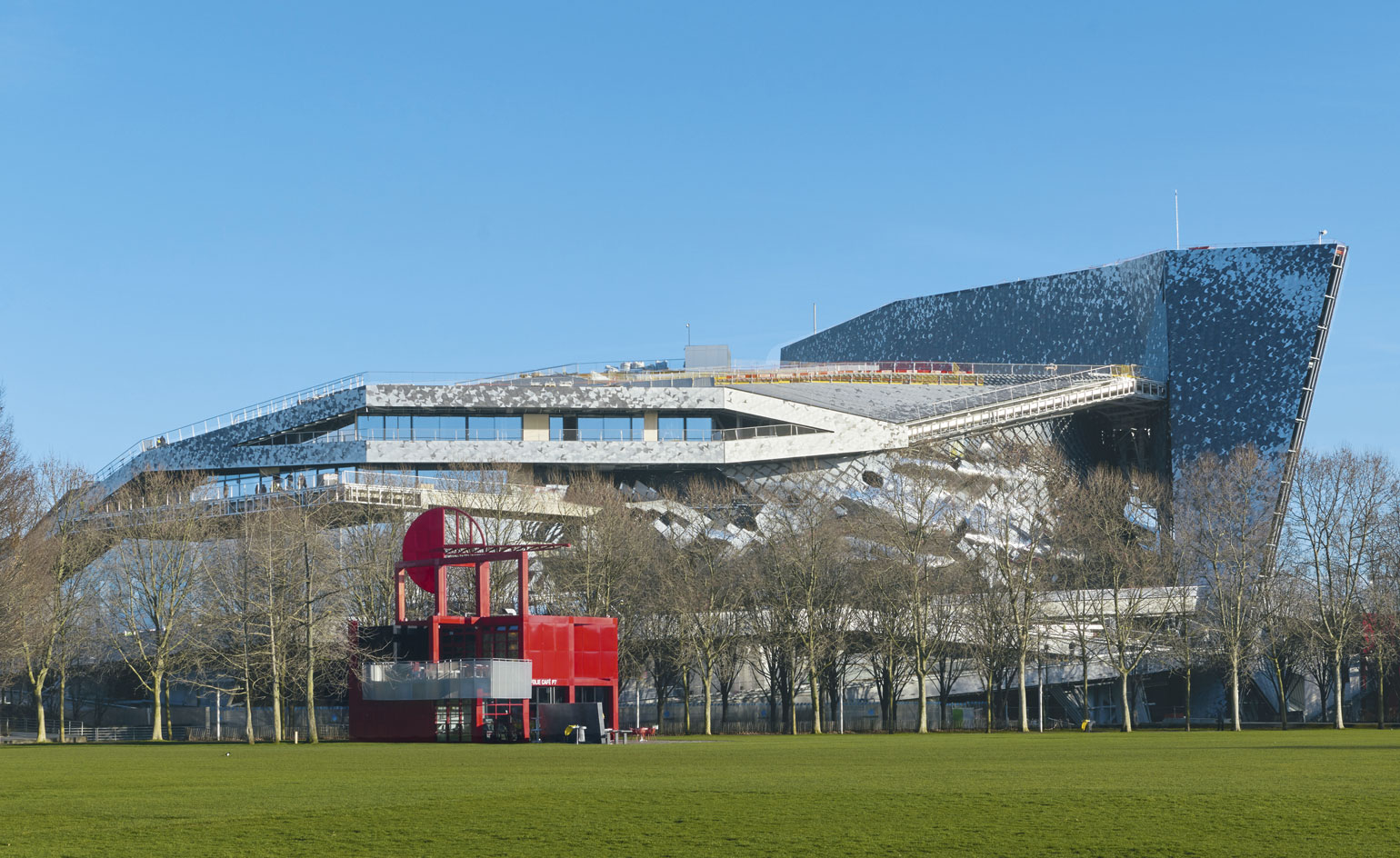
On a Tuesday afternoon in January, the winter sun glinted off the Philharmonie de Paris as if it had been specially summoned to show off the distinct patterning of cast aluminium and reflective steel. Arrayed in an MC Escher-esque motif, the 340,000 tiles depicting abstracted birds are just one of several spirited and inspired features that define this concert hall as different from all others.
But if its architect (and former Wallpaper* guest editor), Jean Nouvel, deserves a round of applause, he was conspicuously absent from both the press preview and inaugurating concert attended by French president François Hollande. Voicing his dissatisfaction in Le Monde, he wrote that the building remains too incomplete to unveil and requires further architectural and acoustic assessments. To the extent that the rooftop, two restaurants and exhibition space will have staggered openings over the next few months, he has a point. Granted, the project makes its debut already two years late.
Even as a work in progress, the Philharmonie represents the realisation of a building designed to change the way people participate in orchestral music, whether owing to its location on the edge of the city, its outdoor public environment or its educational, rehearsal and cultural programming.
Most of all, the Orchestra of Paris has a dynamic new 2,400-seat hall to call home. Such a high capacity barely registers since the volume projects upward rather than outward in a traditional fan shape (as proof, only 32 metres separates the conductor from the furthest spectator, considerably reduced from 48 metres in the Salle Pleyel, the city’s principal symphonic venue). The other main consideration - one that is truly unique - is that concert venue is actually a hall within a hall; the exterior space one crosses to enter gives way to an undulating wall that enhances the intimacy while optimising the acoustics.
In the press notes, Nouvel describes the auditorium as 'reminiscent of immaterial waves and light', adding how the placement of the balconies creates the effect of suspending spectators in space. Indeed, when those spectators gaze to the ceiling, they see a swirling mass of biomorphic panels that strategically enclose the house and stage lighting. When they look across the hall, they see how the balconies have been framed in wood ornamented with a geometric relief. Everything serves a technical purpose.
'All the floating surfaces provide the lateral reflections [for the sound],' said Christopher Day, founding partner of Marshall Day Acoustics, the New Zealand-based company that previously provided the acoustics for the Guangzou Opera House, built by Zaha Hadid.
Beyond the lyrical birds in their lustrous shades of grey, Nouvel introduced a metal mesh that, like a theatrical scrim, makes the building appear impenetrable during the day (while not obstructing the view outward); at night, the interior light takes over and passersby can see inside.
As with the Musée du Quai Branly, the Nouvel-designed museum of indigenous art near the Eiffel Tower, the space around the Philharmonie is as important as the space within. Those not attending a concert or a class can linger on the steps or climb them to the rooftop looking point which, when it opens in the spring, offers a view of Paris far more eclectic than Haussmann’s uniformity. Up here, the vista encompasses the science museum with its mirrored geode, the former abattoir converted into a festival hall, Bernard Tschumi’s architectural contributions from the late 1980s, and the industrial suburb of Pantin.
The goal, said Philharmonie president Laurent Bayle, is for individuals and families from Paris and beyond (what urban planners now call Greater Paris) to feel that fine music can be accessible. Perhaps this explains the Nouvel-designed signage that rises above the building’s 37 metres (the maximum inhabitable height within city limits) to an additional 15 metres, broadcasting event news to those driving along the central ring road. If you’re stuck in traffic, you might be doubly tempted to purchase tickets for some soothing Satie.
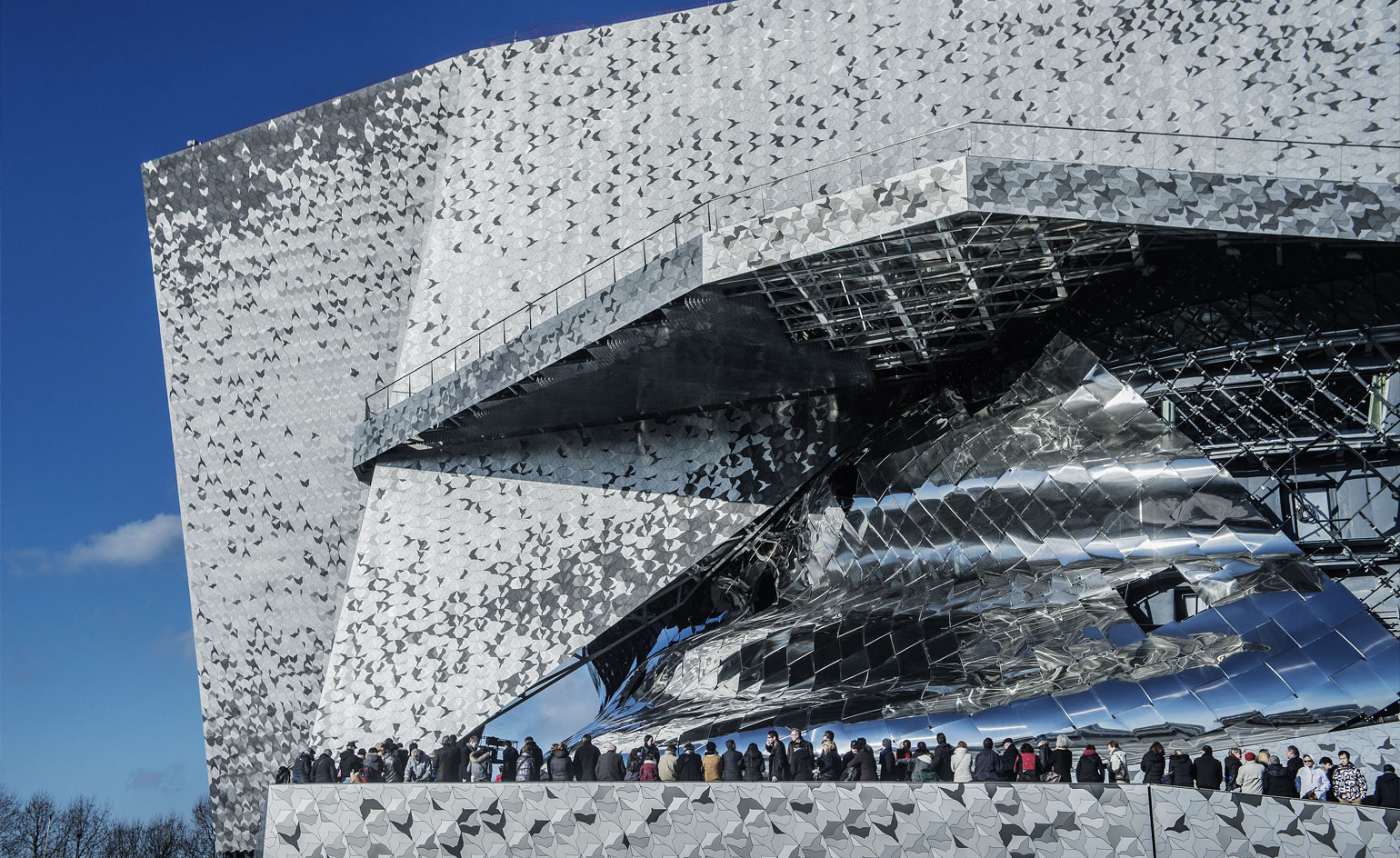
Arrayed in an MC Escher-esque motif, the 340,000 tiles depicting abstracted birds are among several spirited and inspired features that define this concert hall as different from all others.
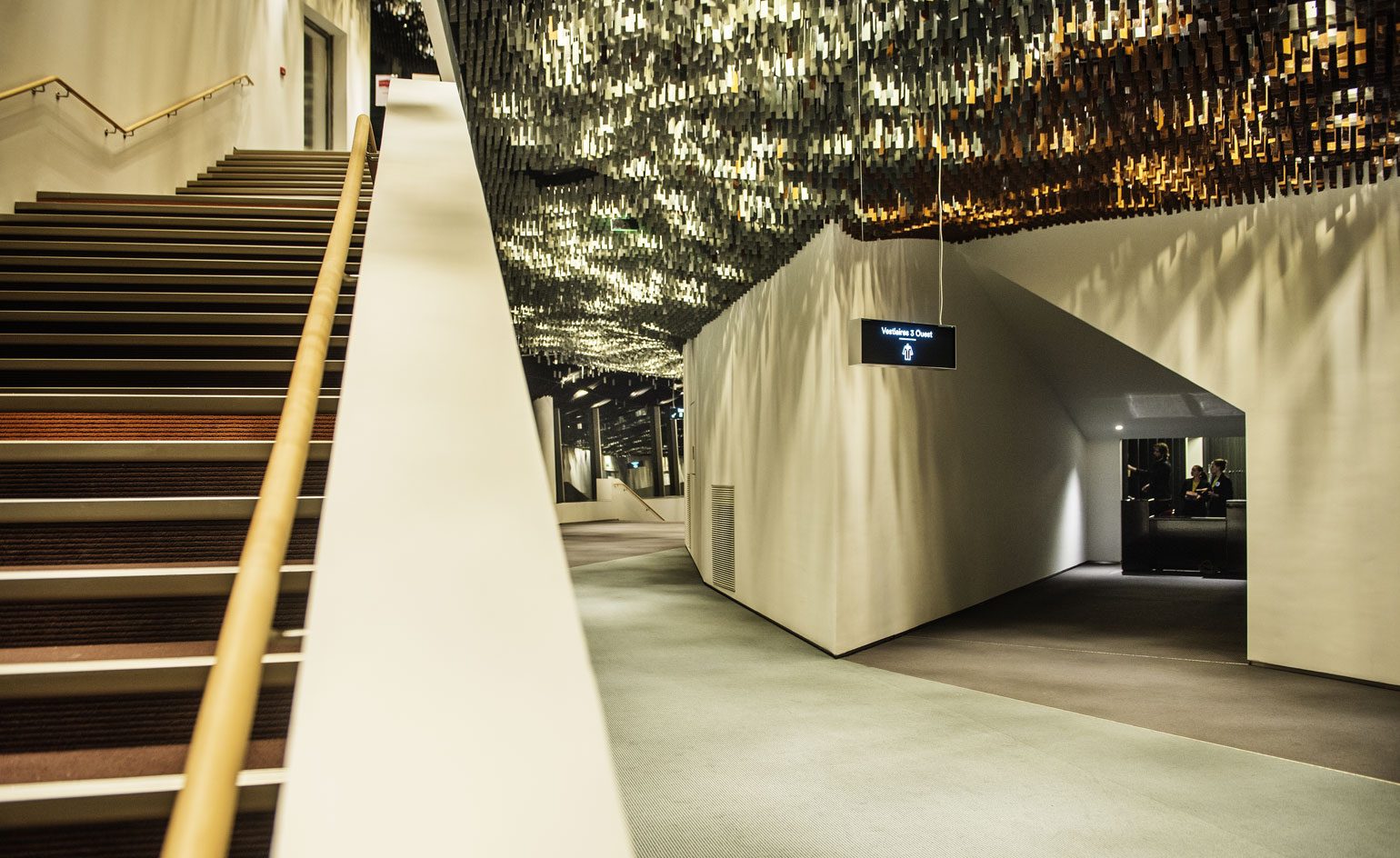
Even as a work in progress, the Philharmonie represents the realisation of a building designed to change the way people participate in orchestral music.
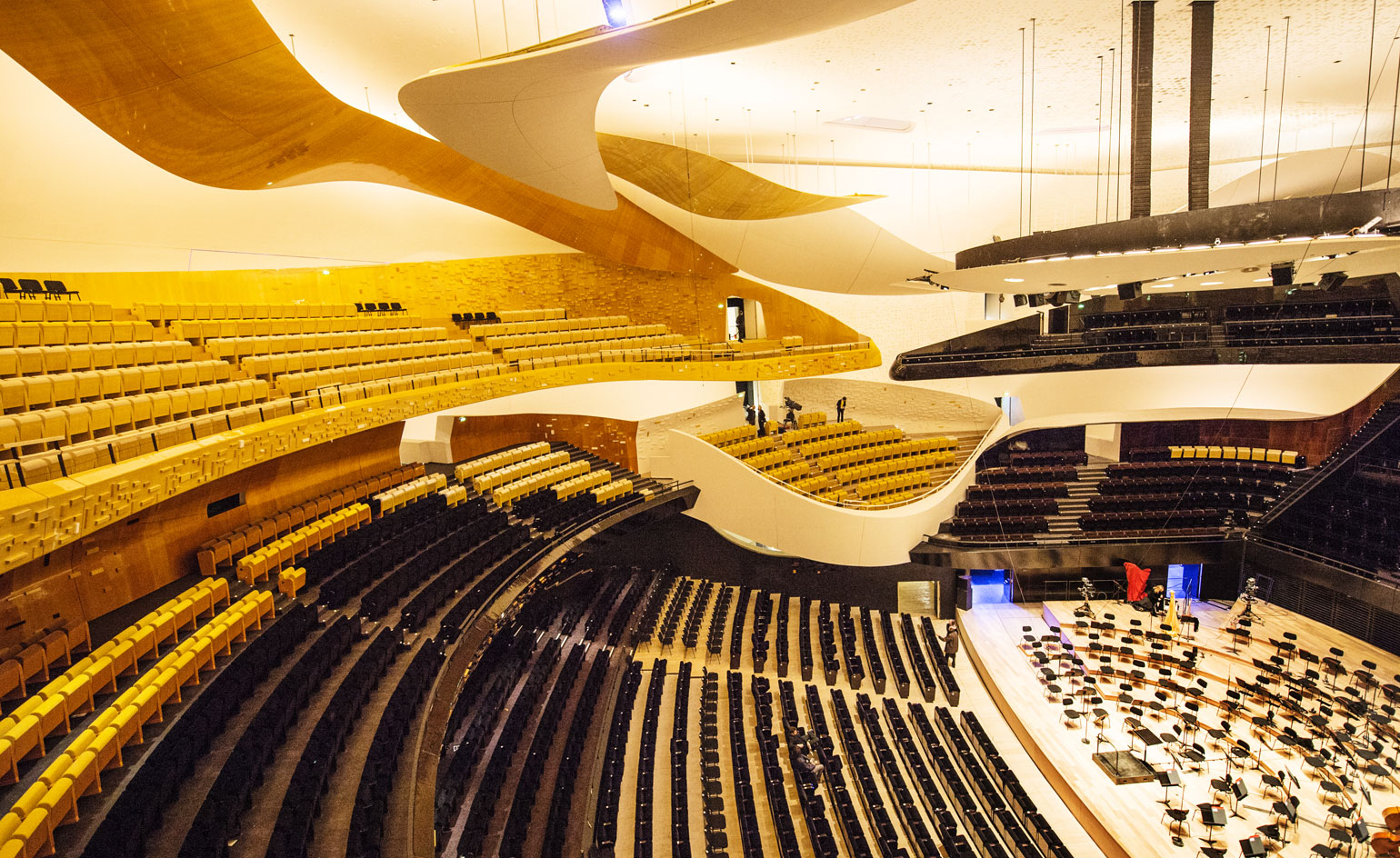
The Orchestra of Paris has a dynamic new 2,400-seat hall to call home. Nouvel describes the auditorium as 'reminiscent of immaterial waves and light', adding how the placement of the balconies creates the effect of suspending spectators in space.
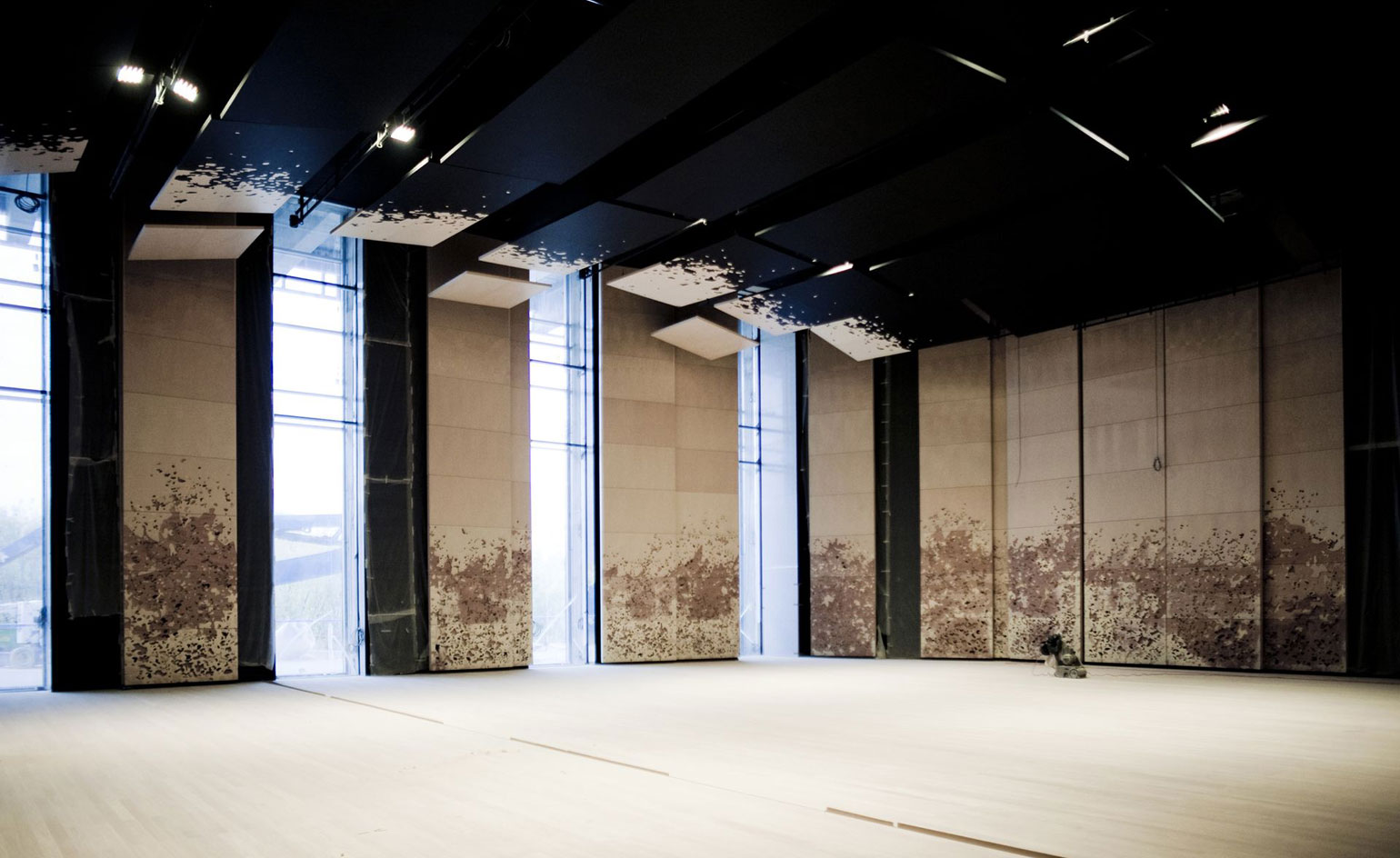
A vast rehearsal room features specially created ceiling panels to reflect sound.
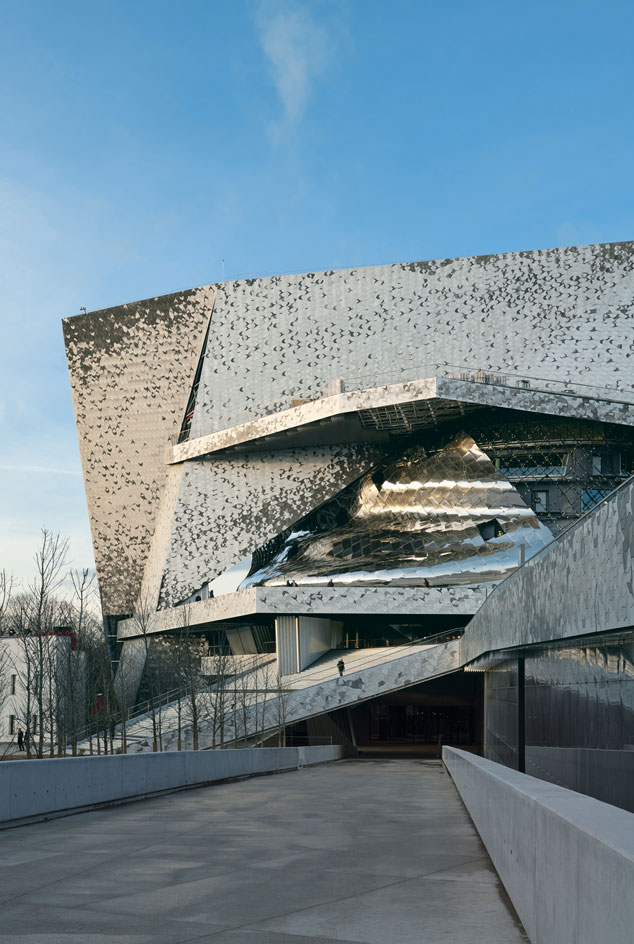
Beyond the lyrical birds in their lustrous shades of grey, Nouvel introduced a metal mesh that, like a theatrical scrim, makes the building appear impenetrable during the day (while not obstructing the view outward).
ADDRESS
Philharmonie de Paris
221 Jean Jaurès Avenue
75019 Paris
France
PHONE
33 1 44 84 44 84
Wallpaper* Newsletter
Receive our daily digest of inspiration, escapism and design stories from around the world direct to your inbox.
-
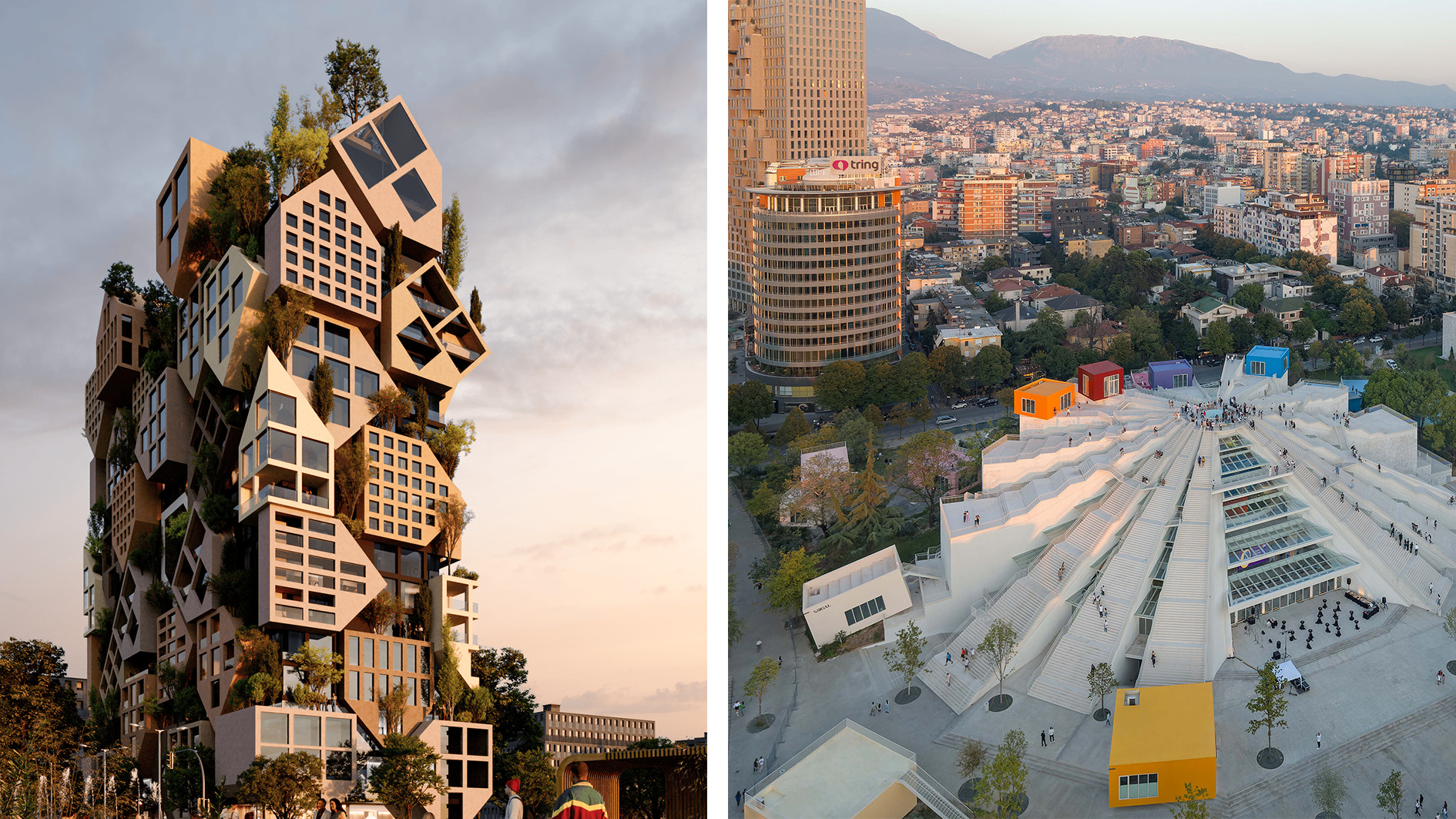 Isolation to innovation: Inside Albania’s (figurative and literal) rise
Isolation to innovation: Inside Albania’s (figurative and literal) riseAlbania has undergone a remarkable transformation from global pariah to European darling, with tourists pouring in to enjoy its cheap sun. The country’s glow-up also includes a new look, as a who’s who of international architects mould it into a future-facing, ‘verticalising’ nation
By Anna Solomon
-
 The Lighthouse draws on Bauhaus principles to create a new-era workspace campus
The Lighthouse draws on Bauhaus principles to create a new-era workspace campusThe Lighthouse, a Los Angeles office space by Warkentin Associates, brings together Bauhaus, brutalism and contemporary workspace design trends
By Ellie Stathaki
-
 Extreme Cashmere reimagines retail with its new Amsterdam store: ‘You want to take your shoes off and stay’
Extreme Cashmere reimagines retail with its new Amsterdam store: ‘You want to take your shoes off and stay’Wallpaper* takes a tour of Extreme Cashmere’s new Amsterdam store, a space which reflects the label’s famed hospitality and unconventional approach to knitwear
By Jack Moss
-
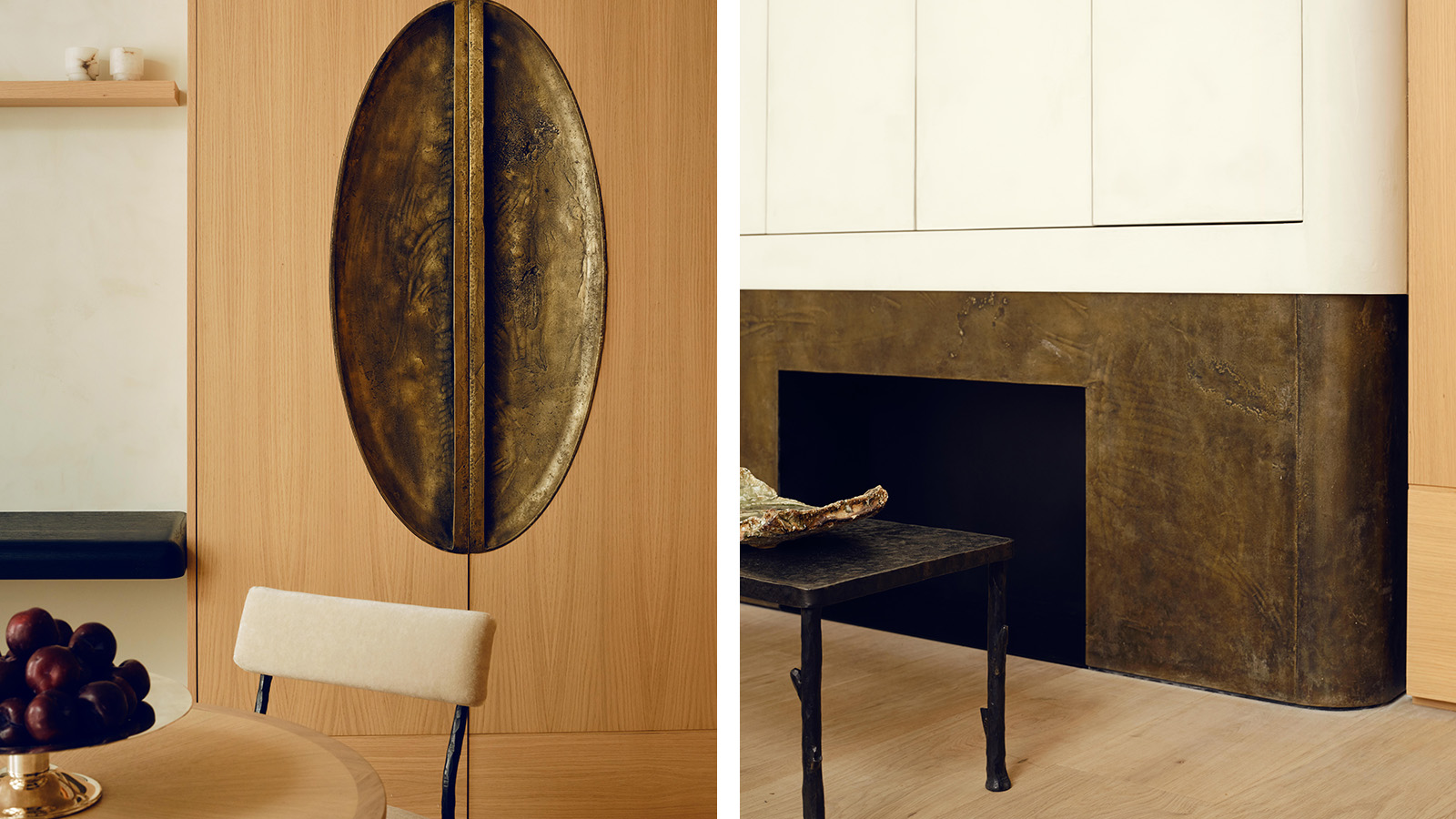 Stay in a Parisian apartment which artfully balances minimalism and warmth
Stay in a Parisian apartment which artfully balances minimalism and warmthTour this pied-a-terre in the 7th arrondissement, designed by Valeriane Lazard
By Ellie Stathaki
-
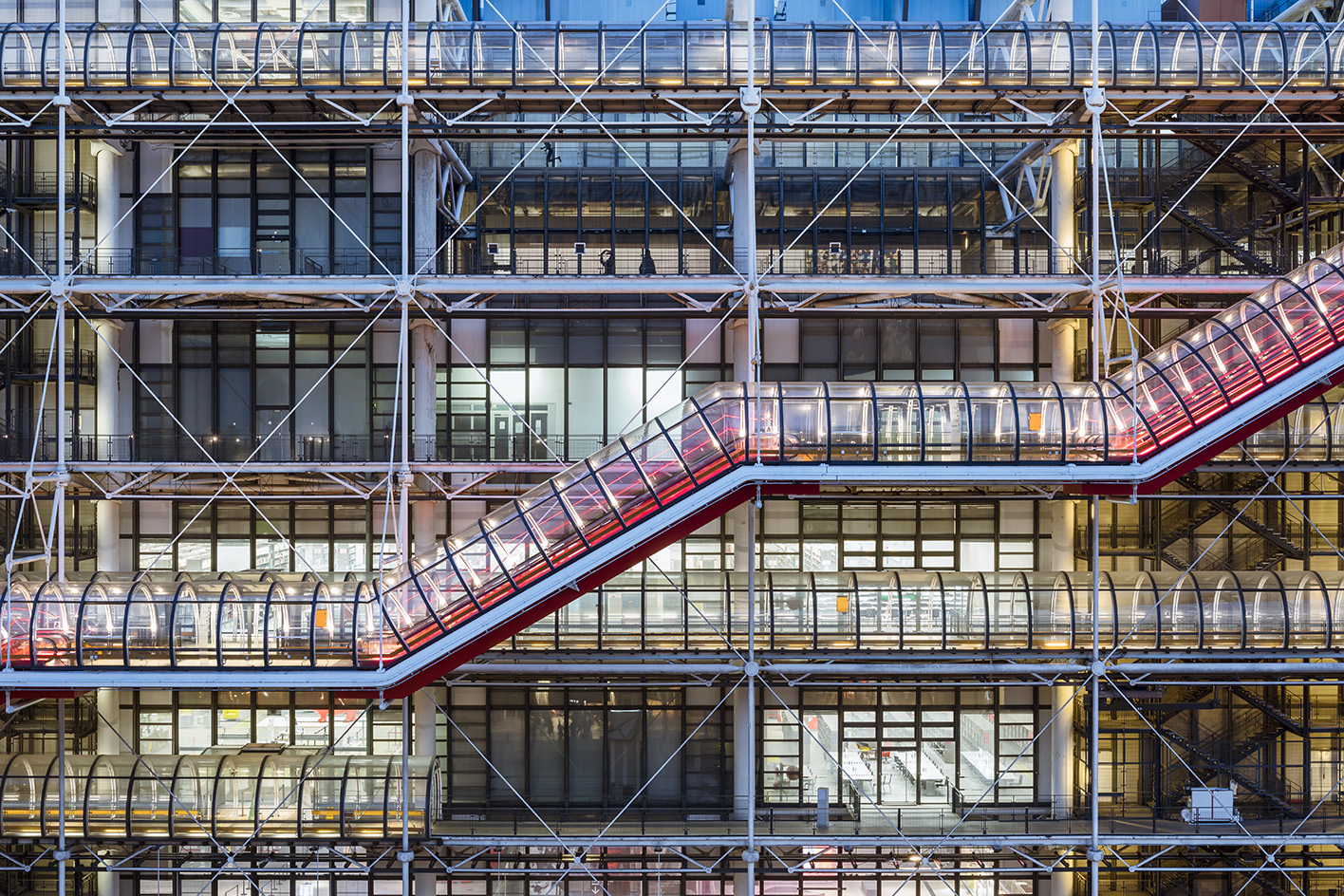 The museum of the future: how architects are redefining cultural landmarks
The museum of the future: how architects are redefining cultural landmarksWhat does the museum of the future look like? As art evolves, so do the spaces that house it – pushing architects to rethink form and function
By Katherine McGrath
-
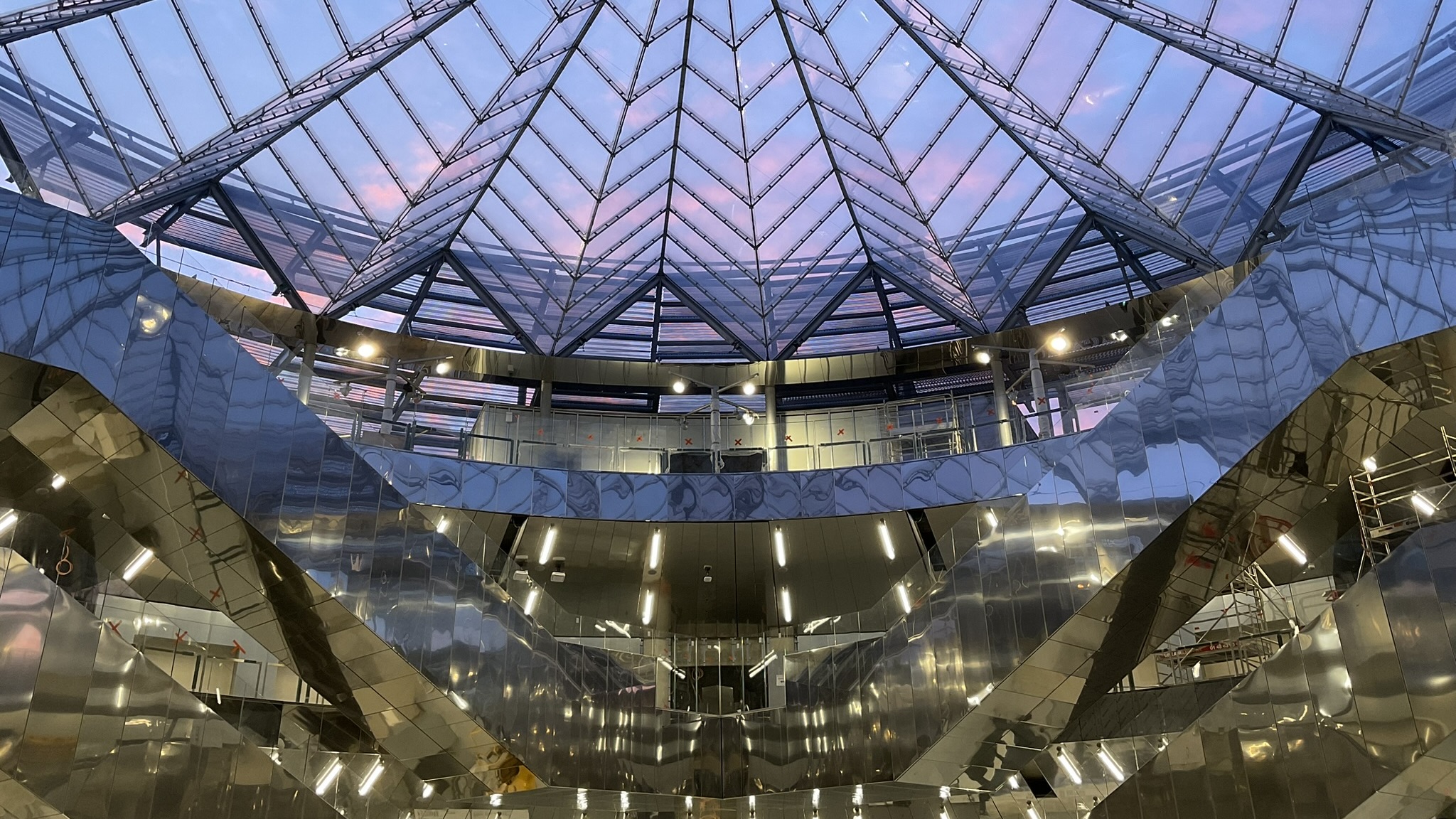 Paris’ architecturally fascinating Villejuif-Gustave Roussy metro station is now open
Paris’ architecturally fascinating Villejuif-Gustave Roussy metro station is now openVillejuif-Gustave Roussy is part of the new Grand Paris Express, a transport network that will raise the architectural profile of the Paris suburbs
By Anna Solomon
-
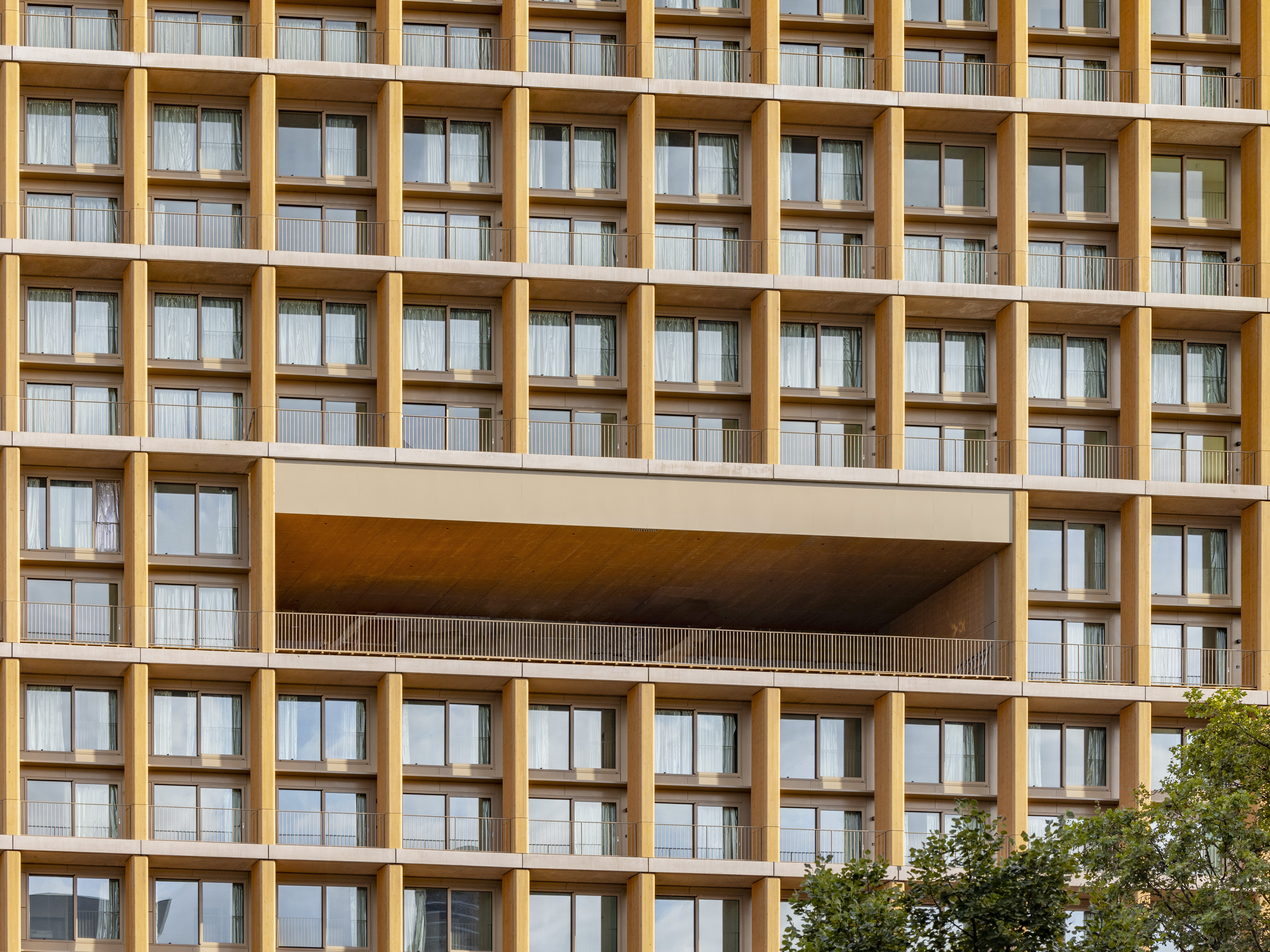 Explore wood architecture, Paris' new timber tower and how to make sustainable construction look ‘iconic’
Explore wood architecture, Paris' new timber tower and how to make sustainable construction look ‘iconic’A new timber tower brings wood architecture into sharp focus in Paris and highlights ways to craft buildings that are both sustainable and look great: we spoke to project architects LAN, and explore the genre through further examples
By Amy Serafin
-
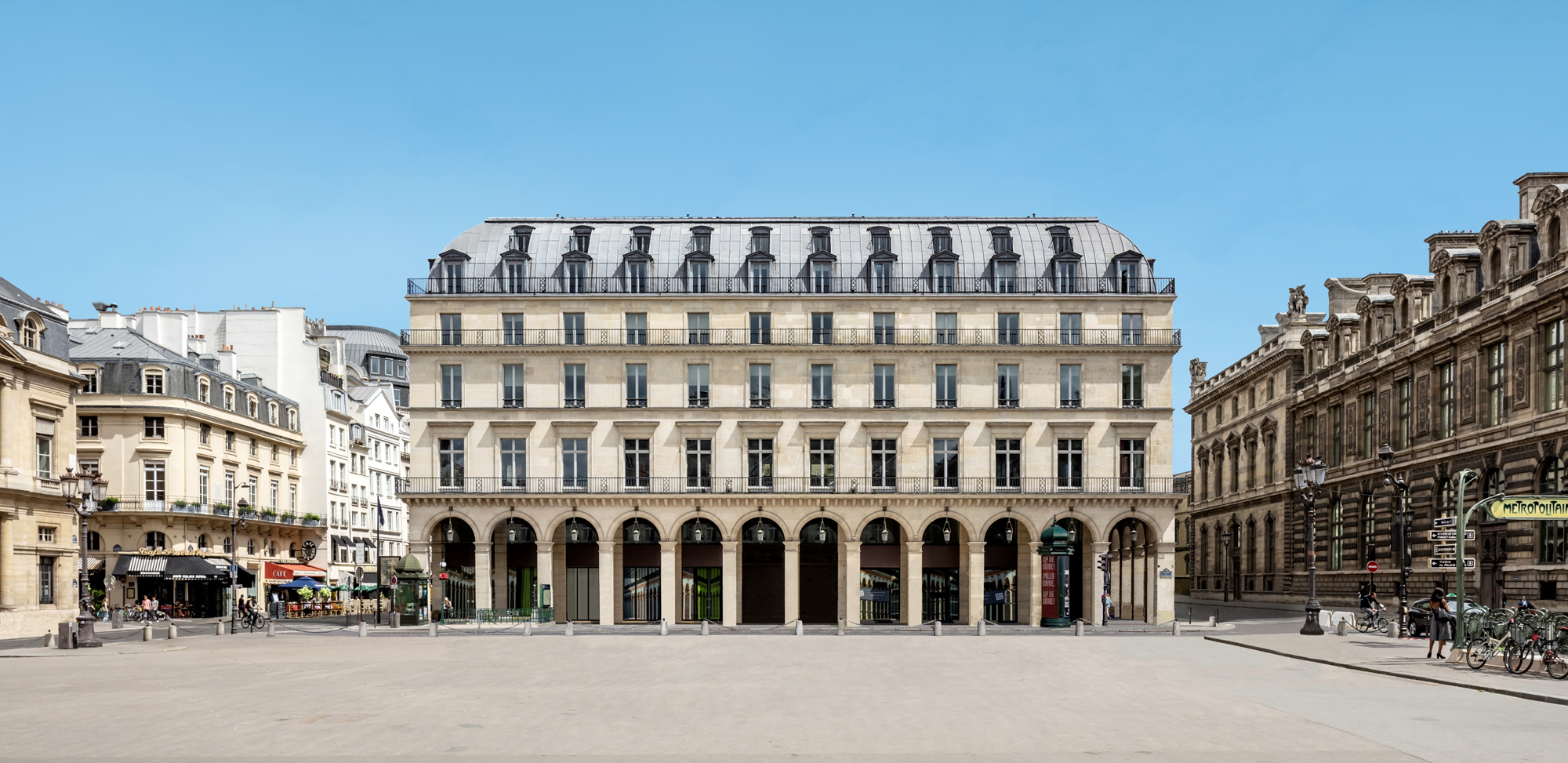 Fondation Cartier pour l’art contemporain unveils plans for new Jean Nouvel building
Fondation Cartier pour l’art contemporain unveils plans for new Jean Nouvel buildingFondation Cartier pour l’art contemporain has plans for a new building in Paris, working with architect Jean Nouvel
By Ellie Stathaki
-
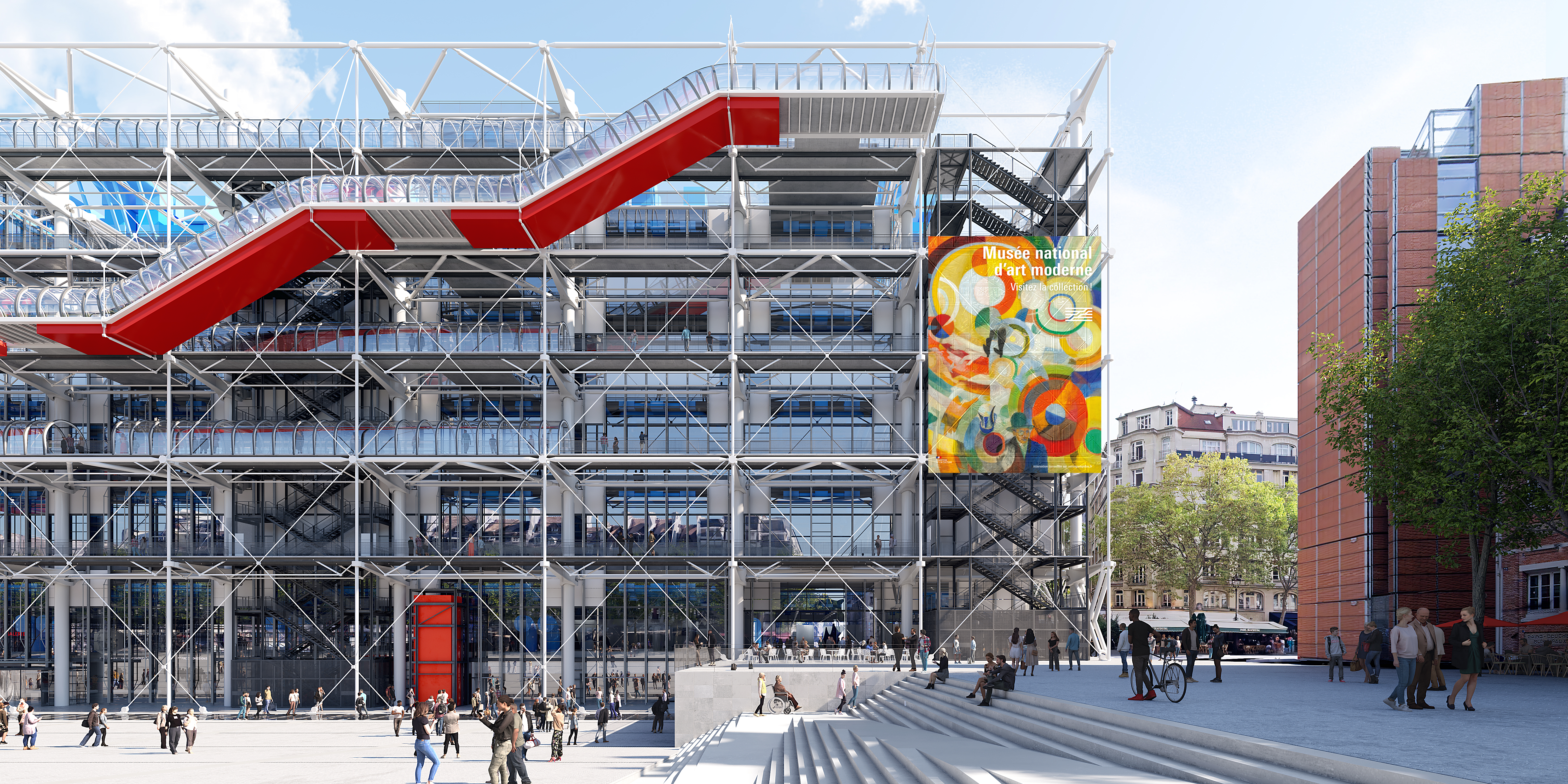 A new era: Centre Pompidou architects discuss their bold 2030 plans
A new era: Centre Pompidou architects discuss their bold 2030 plansPlans for the Centre Pompidou 2030 vision were recently announced, revealing a design refresh of the iconic Paris structure; we caught up with its lead architects Moreau Kusunoki to hear more
By Ellie Stathaki
-
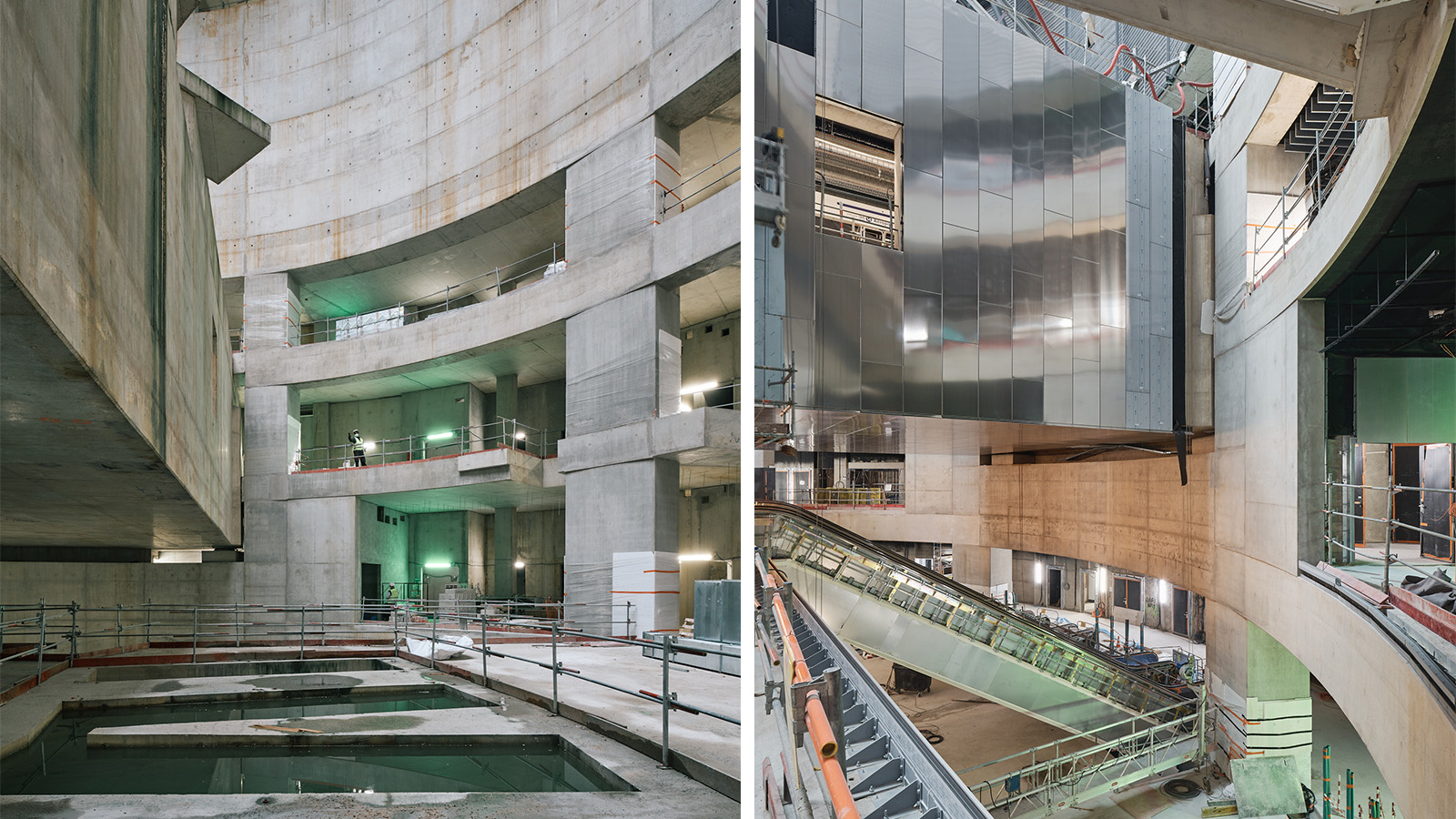 The Grand Paris Express, Europe’s largest urban design project, is en route to success
The Grand Paris Express, Europe’s largest urban design project, is en route to successThe Grand Paris Express is a system of new rapid transit lines across the French capital, with each station designed by a different architect – and it's currently under construction
By Amy Serafin
-
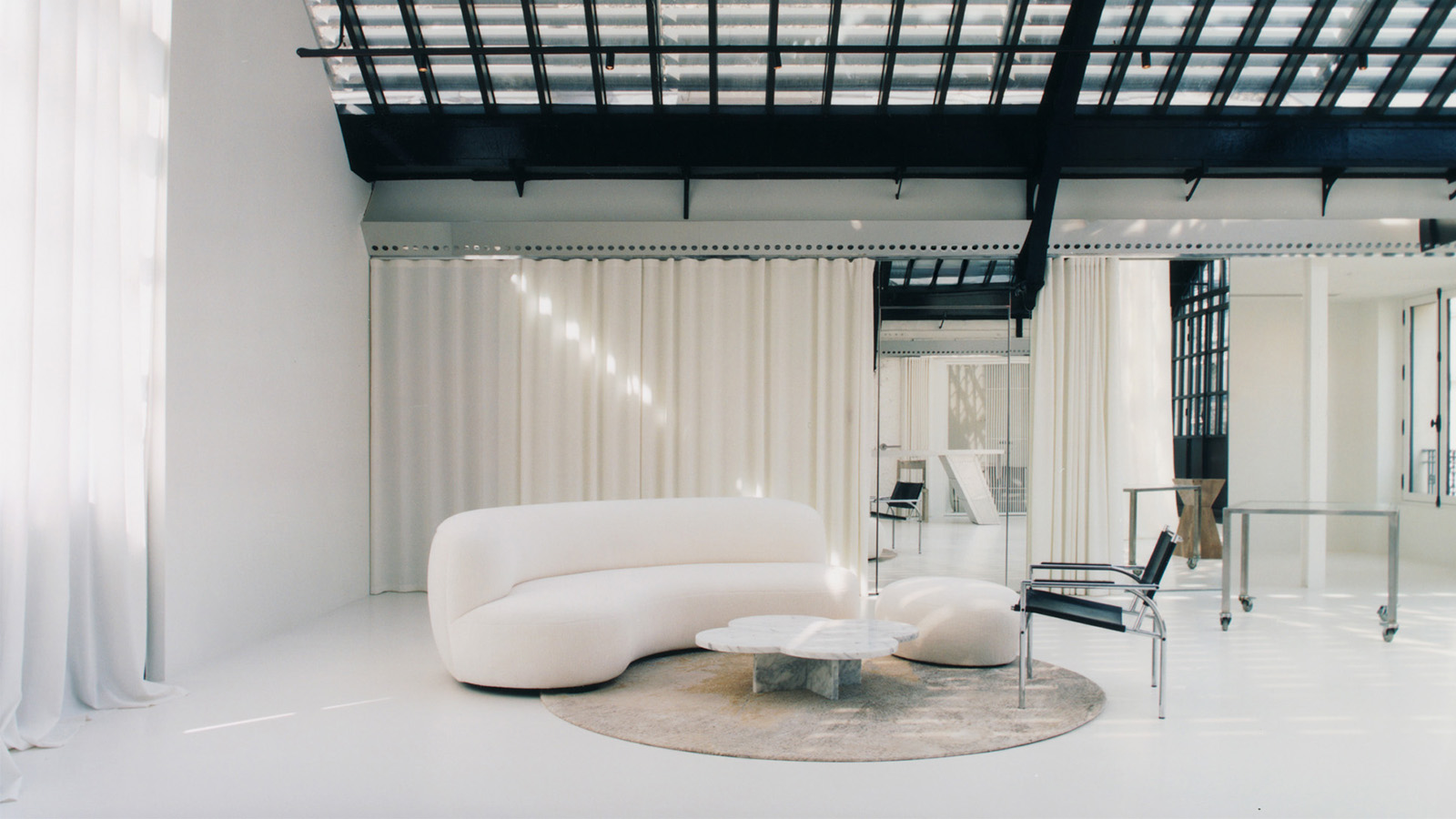 Take an exclusive tour of La Main, LVMH Métiers d’Art’s new Parisian HQ
Take an exclusive tour of La Main, LVMH Métiers d’Art’s new Parisian HQLVMH Métiers d’Art’s new Parisian HQ, La Main, brings together modern minimalism and historical charm in a building that celebrates craft
By Ellie Stathaki